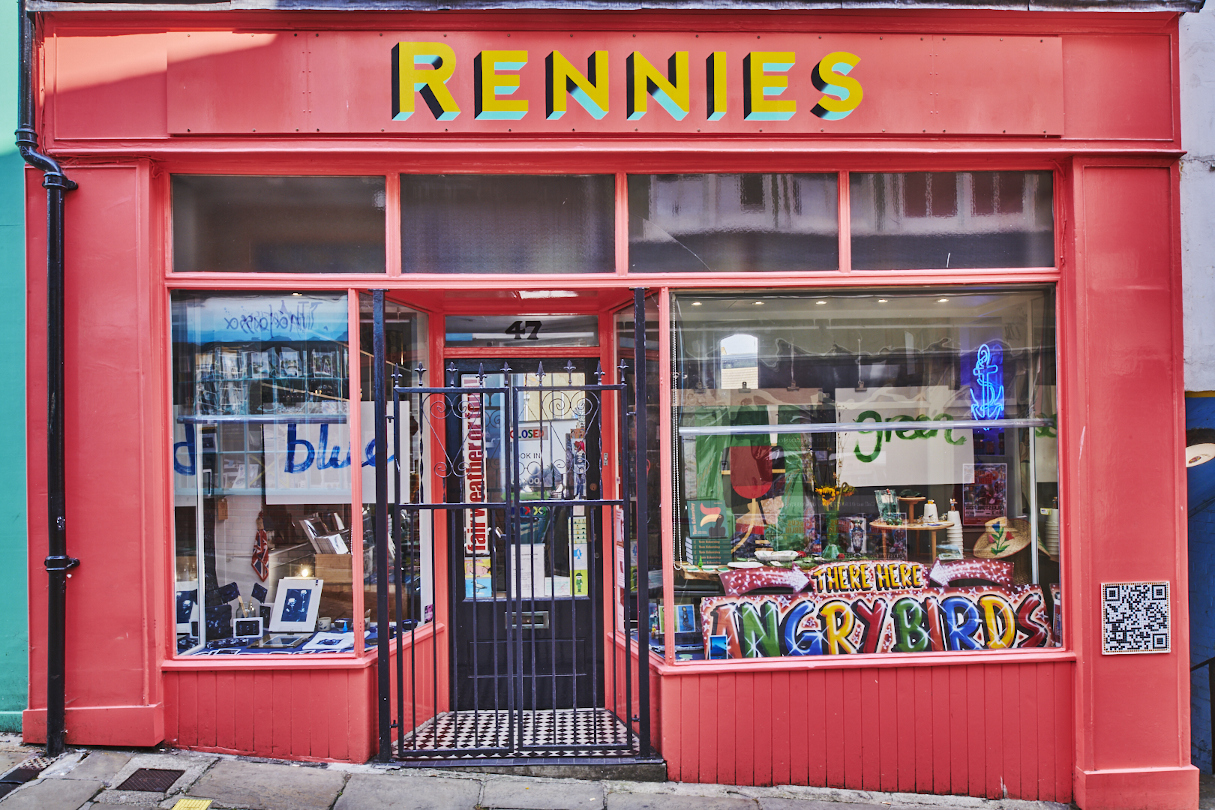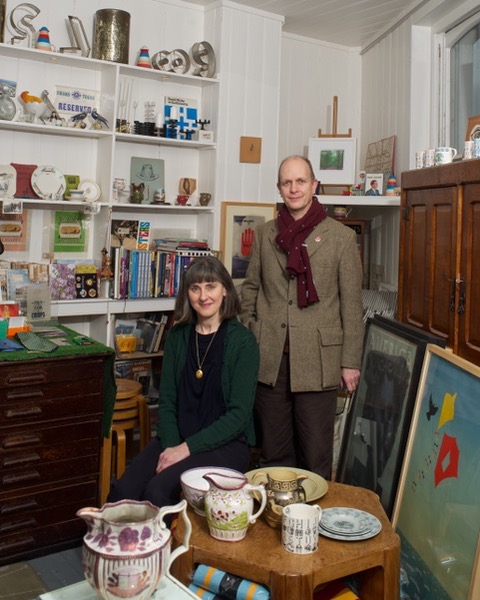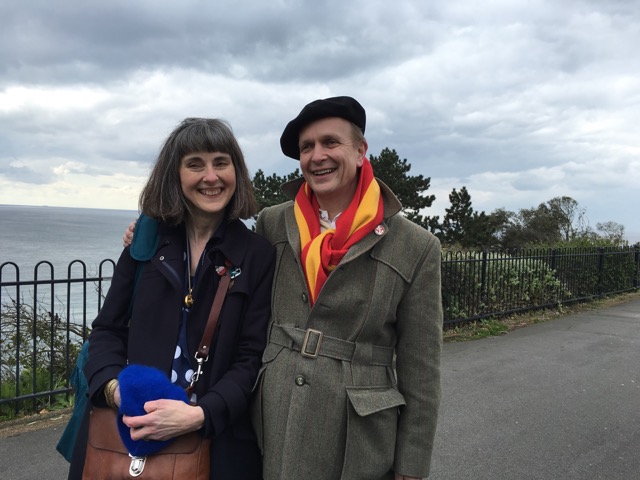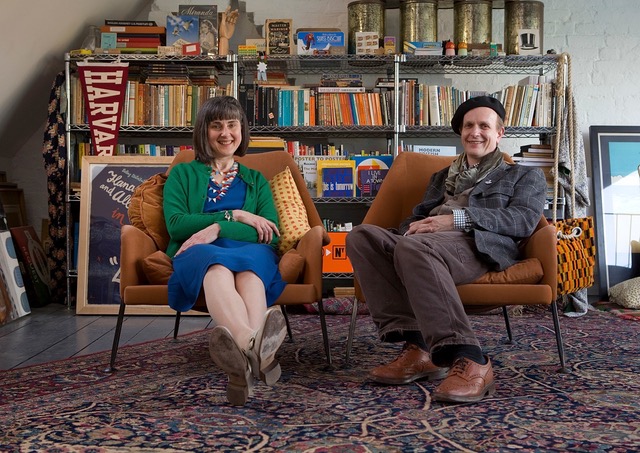Live
A Californian State-of-Mind – rENNIES sEASIDE mODERN
Karen and Paul Rennie run a small vintage gallery and shop called Rennies Seaside Modern in Folkestone’s The Old High Street as part of the Creative Quarter.
“We first came to Folkestone by accident at the end of the 1980s…we were new to East Kent and were attracted to living by the sea. The layout of the town seemed to combine elements of the progressive pre-modern architecture associated with the leafy suburb, and with the arts-and-crafts style of design reform. To find all that, by the sea, was delightful.”
“We’ve always been interested in how art and design combined, in Britain and during the middle part of the 20th Century, to create an integrated and coherent environment of art, design, architecture and experience; all in a comfortable and human-scaled form. A kind of comfy modern; and with bunting.”
A town of possibility
“Folkestone seemed just right for us…not too big, relaxed; and large enough to attract an interesting and varied range of people. The layout of the town and its parkland seafront, against a backdrop of space and the pin-sharp light in Folkestone’s very own micro-climate, was very appealing. This was precisely the dizzying experience described by HG Wells, in his short story, The New Accelerator (1901). Wells recognised that the annihilation of space and time, consequent on the acceleration of the 19th Century machine-ensemble, would provide for a new and heightened consciousness. The same possibility found different expression, almost simultaneously, in Einstein’s theory, Picasso’s Cubism and in the emotional power of newly-invented cinema’s sparkling light.”
“For most of history, the seaside had been more-or-less deserted. Living conditions by the sea were harsh and the local economy uncertain. The modern seaside grew from the potential of aquatic therapy. In its earliest version, the seaside cure was brutal. Luckily resorts such as Brighton quickly developed a range of supporting entertainments; ranging from the assembly room and theatre to the promenade and pier. Together, these elements created an environment entirely devoted to the pursuit of happiness…”
A democratic and therapeutic resort
“In the 1930s, the emigre Modernists arriving in Britain from Europe were enthralled by the English seaside. They recognised the resort environment as an exemplar of an entirely democratic and therapeutic form of design. The modernists acknowledged the seaside resort as a highly elaborated and social machine-for-living; entirely given over in its English context, through exercise, sunshine and entertainment, to the pursuit of pleasure…”
“The things we like about Folkestone are, obviously, the light and space associated with the coast. The wilderness, at The Warren and on the cliffs; the parkland promenade on The Leas, the coastal park with zig-zag path and rockery; the wide avenues and trees…The houses in Folkestone’s West End come in an eclectic variety of late Victorian and Edwardian styles. The resort combines space, through wide streets and garden squares, with the elegance of under-polished grand houses. Now, the mixture of independent shops, new restaurants and entertainment are thriving. Perhaps because of the town’s association with Wells, the radical possibilities of seaside living seem excitingly close-to hand.”
“The arrival of HS1 is a reminder that every seaside town depends, and draws, upon the railway umbilical. Of course, the advent of the HS1 to London is transforming the town, which now feels closer to the metropolis and to all of its possibilities… The Channel Tunnel offers a similar, high-tech, connection to the Continent.”
Art knits people together
“Karen and I have always been interested in how art in public space could knit together people and place, into a new kind of community. Now, Folkestone’s own art in public space festival, the Triennial, held every three years, is turning the town into an environment combining art, life and pleasure.”
“The combination of sunshine, experiment and therapy, recalls the counter-culture of California during the 1960s and early 1970s. Back then, the counter-culture suggested the possibility, hinted at by Wells, of an alternate reality…Folkestone’s great experiment, version 2020 and powered by HS1, provides us with a wonderful opportunity to re-position ourselves within a different kind of space-time and with a fresh, more Californian, outlook.”
Brilliant, lovely, different, and exciting. In the words of Captain J-L Picard, “make it so.”
Photo Credit: Shop Front by Matt Rowe



